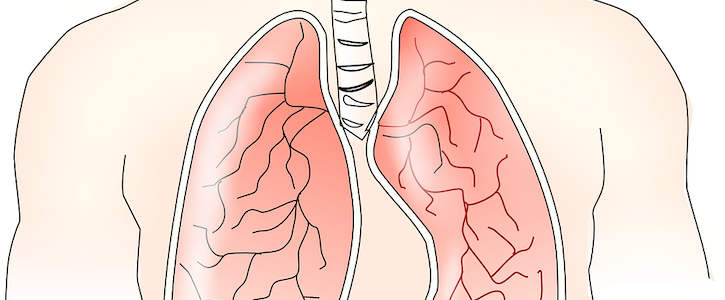- Politics
- Diversity, equity and inclusion
- Financial Decision Making
- Telehealth
- Patient Experience
- Leadership
- Point of Care Tools
- Product Solutions
- Management
- Technology
- Healthcare Transformation
- Data + Technology
- Safer Hospitals
- Business
- Providers in Practice
- Mergers and Acquisitions
- AI & Data Analytics
- Cybersecurity
- Interoperability & EHRs
- Medical Devices
- Pop Health Tech
- Precision Medicine
- Virtual Care
- Health equity
Video-Assisted Thoracic Surgery Reduces Complications, Time of Stay
The method could mean better outcomes and use of hospital beds, researchers suggest.

Video-assisted thoracic surgery led to lower in-hospital complications compared with open surgery for patients with early stage lung cancer, according to research presented at a conference today.
Researchers saw a 26% reduction in patient complications for those who had video-assisted surgery. Those patients also stayed in the hospital for one less day than those who had open surgery, according to the work, presented at the International Association for the Study of Lung Cancer 2019 World Conference on Lung Cancer in Spain.
Lung cancer operations can be done in one of two ways. The surgery can be done through little incisions with telescopes and instruments projected on a television screen, said Eric Lim, Ph.D., a thoracic surgeon consultant at Royal Brompton Hospital in London. Or, the surgery can be done through a big cut in the chest with the ribs spread open and hands going into the chest to remove the cancer, Lim said.
Keyhole surgery could be less painful for patients, which could give the surgeons and health system a better reputation and more work, Lim said in a statement to Inside Digital Health™. What’s more, shorter stays could lead to improved outcomes — and reduced complications could mean significant cost savings, he added.
During open surgery, surgeons use metal tools that can injure the nerves.
“But if surgeons do a keyhole operation and cannot use their eyes and feel the cancer, how would they be able to get as good a cancer removal compared to using instruments on a television screen?” Lim and researchers asked.
The researchers defined video-assisted thoracic surgery as a procedure taken through a telescope with instruments in one to four keyhole incisions without rib spreading.
Researchers screened more than 2,000 patients and randomized more than 500 to either open surgery (256) or video-assisted surgery (247).
A majority of patients who had video-assisted surgery (58%) had three keyhole ports, while 21% had one, 9% had two and 7% had four.
Patients who received video-assisted surgery had a 32.8% reduction of overall in-hospital complications compared to those who had open surgery (44.3%), according to the findings.
Along with participants not knowing after their surgery if they had open surgery or a video-assisted procedure, pain was lower in the keyhole operation group. Patients who had video-assisted surgery had half a unit lower pain score.
The length of stay for open surgery was five days, while it was four days for those who underwent video-assisted surgery.
The number of lymph nodes harvested was the same in both procedure groups. Lim said the more lymph nodes removed, the higher chance more disease is taken out of the body. Keyhole surgery picked up more lymph node disease than open surgery, Lim said.
Get the best insights in digital health directly to your inbox.
Related
New Tool Identifies High-Risk Patients with COPD
AI Model Shows Promise in Predicting Lung Cancer, Google Study Finds
Deep Learning Model Outperforms Clinical Model in Lung Cancer Survival Prediction
Podcast: Adoption of Healthcare Tech in the Age of COVID-19 with Dr Kaveh Safavi
June 22nd 2021Kaveh Safavi, MD, JD, global health lead of Accenture Health, discusses how the pandemic influenced the speed at which healthcare organizations adopted new technologies and how this adoption is impacting patient care.
